Now Reading: Best Places to Visit in Jayashankar Bhupalpally – Temples, Waterfalls & Heritage Sites
-
01
Best Places to Visit in Jayashankar Bhupalpally – Temples, Waterfalls & Heritage Sites
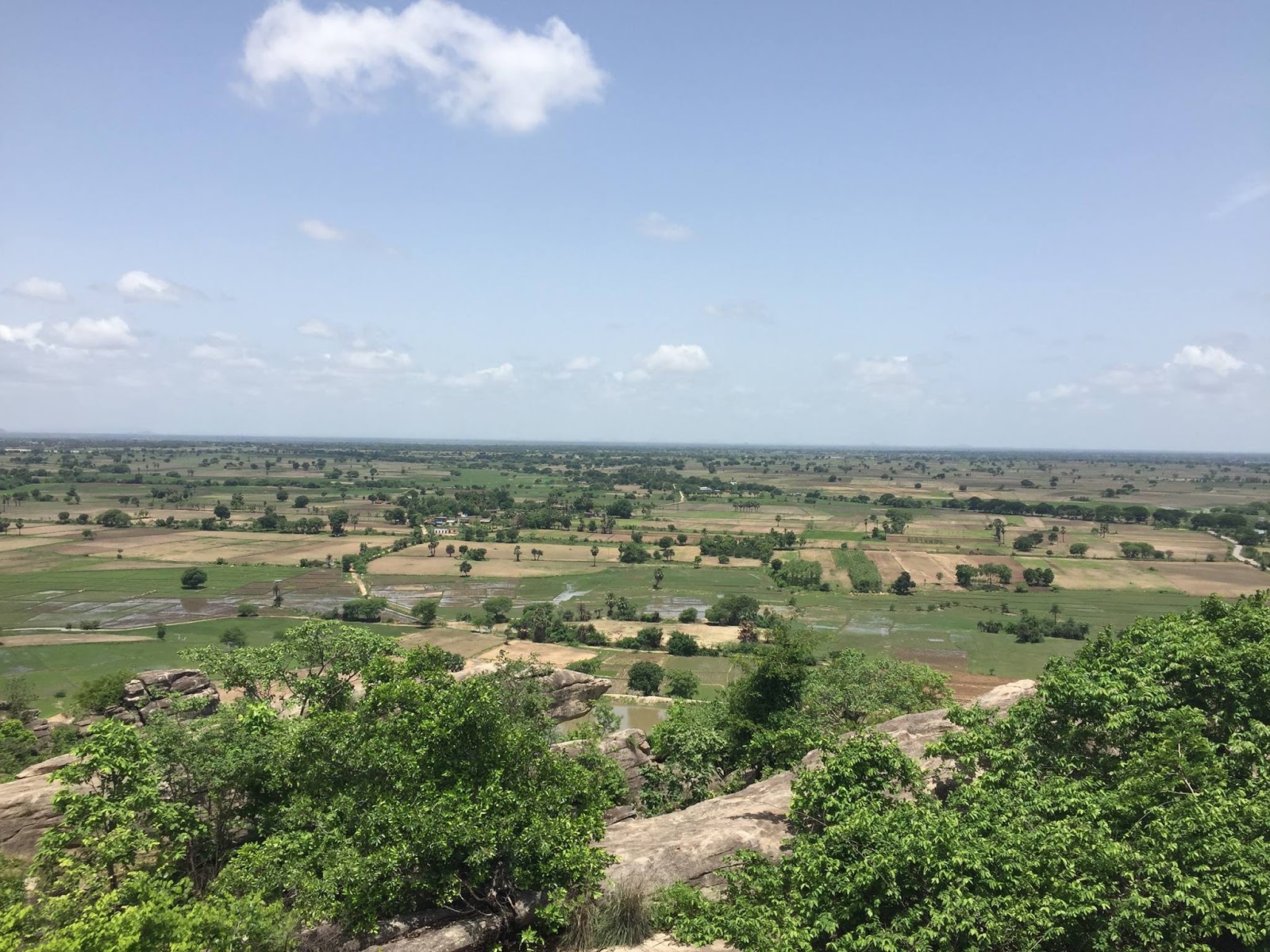
Best Places to Visit in Jayashankar Bhupalpally – Temples, Waterfalls & Heritage Sites
1.KALESHWARA MUKTESHWARA SWAMY TEMPLE
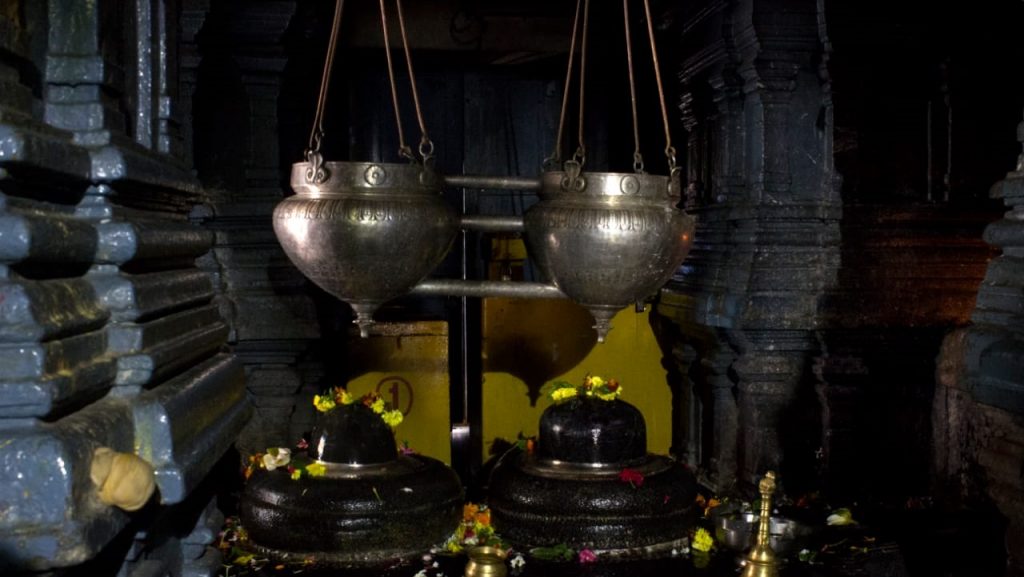
Kaleshwaram is a town bordering Telangana and Maharashtra. The ancient and famous Kaleshwara Mukteshwara Swamy temple of the town is pseudonymously well known. This is a holy place of worship of the great Lord Shiva. The most iconic of all in this very ancient temple is there presence of two Lingams holding on to one pedestal or the Panavattam. The temple gets its name Kaleshwara Mukteswara Swamy mandiram due to the duel presence of Lord Shiva or the Mukteshwara and the other is Mukteshwar kaleshwar.
It is believed also that the Kaleshwara Mukteswara Swamy temple is also one of the three temples of Lord Shiva of Trilinga Desham. The three temples are all regarded to be Jyotirlingas that decorate the three corners of Telugu Land. The other two temples which form Trilinga Desam are situated at Draksharamam and Srisailam. Apart from many unique things, the Jayashankar Bhupalpally temple is known even for a hole in the mouth of Mukteshwara linga which can never be filled by water. The cause of it is, to this day, a wonder. Numerous researchers have without success offered any explanation as to why. There are however a couple of indications of an underground passage that can take one to the River Godavari which may offer a logical explanation. Another interesting special attraction of this temple is the interesting sculpture of the fish idol.
2.NAINPAKA TEMPLE

Nainpaka temple is the temple that is believed to have built in the 15th or 16th century on a pink stone rock around 25 km to Jayashankar Bhupalpally, unique in style and touted as the one and only in southern India, in a state of shambles. This less popular rock-cut temple, a prototype of Sarvatobhadra building, with four deities carved from a protruding boulder, speaks in a manner, of sorts.
Within Sanctum Sanctorum are carvings of Yoga Narasimha Swamy, Kaleeya Venugopala Swamy, Sri Rama and Balarama which are located on an individual side of east, south, north and west respectively on a boulder which constitutes the pink stone bedrock where temple is located here, is a visual fiesta.
A masterpiece of Sarvatobhadra architecture, the shrine with functional four cardinal direction entrances could also be approached from all quarters. The vimana (upper part of the structure) of the elaborately sculptured 50-foot gopuram (tower) has been built of bricks and the Adhishtana (base) has since been constructed with the pink stones hewn from the bedrock.
3.KALESHWARAM LIFT IRRIGATION PROJECT
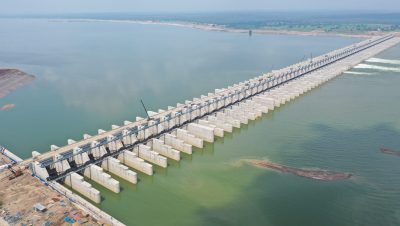
KLIP Kaleshwaram Lift Irrigation Project or Godavari is a mult- purpose irrigation project in the state of Telangana in India on the River Godavari, Kaleshwaram, Bhupalpally. At present the largest multi-stage lift irrigation project in the world, its most distant impact upstream is at the confluence of the Pranhita and Godavari rivers. The Pranahita river, in itself, is a confluence of a number of smaller tributary rivers including the Wardha, Painganga and Wainganga rivers to form the seventh largest drainage basin on the sub-continent, with a total annual discharge of more than 6,427,900 acre feet (7,930 cubic hectometres) or 280 T MC. It is unexplored because its route is largely within dense forest and other ecologically vulnerable regions such as wildlife sanctuaries.
The Kaleshwaram Lift Irrigation Project has seven links (28 packages) and covers an area of about 500.. (310 mi) through 13 districts on a canal network of over 1800 km (1100 mi). The project is designed to effect a total of 240 TMC (195 from Medigadda Barrage, 20 from Sripada Yellampalli project and 25 from groundwater) of which 169 is to be allotted for irrigation, 30 is to be distributed to Hyderabad municipal water, 16 serving miscellaneous industrial uses and 10 to the nearby villages in drinking water, while the rest is assumed lost due to evaporation. The envisioned scope is to raise the total culturable command area (the sustainable area which can be irrigated accounting for upstream and downstream factors) by 1,825,000 acre⋅ft (2,251 hm3) in all 13 districts apart from stabilizing the existing CCA.
On June 21, 2019, the Telangana governor Narasimhan, and the chief ministers K.Chandrashekar Rao (Telangana); Fadnavis (Maharashtra) and Y.S.Jaganmohan Reddy (Andhra Pradesh) opened the project.
Four large pumps control the out flow of the project, the greatest of these at Ramadugu (Medaram, Annaram and Sundilla being the others) appears likely to become the greatest in Asia once consistent measurements are available,as will require seven 140 MWh (500 GJ) pumps designed and built specifically for the project by the BHEL.
4.KOTAGULLU
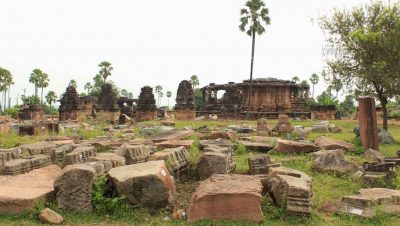
Locally they are known as “Kota Gullu” , the Ghanpur Temples were built in the reign of Kakatiya by King Ganapathi deva. The world knows how wonderful the architecture of temples is in south India. Representing these great architectural skills, Ghanpur temples are a collection of the beautiful temples placed in Ghanpur in Jayashankar Bhupalpally District in Telangana.
There has always been history behind magnificent masterpiece or even the Ghanpur temples show the magnificent culture. Not being in decrepit state to much , the temples gives you value of architectural style of Kakatiya’s. The Ghanpur Temples were erected during the calibre of King Ganapatideva,from the Kakatiya dynasty. It was constructed in the late 12th and 13th century and lots of culture of that time was reflected therein. Being here you will feel that you are going back to the past and feeling real history.
All these temples had two layered brick walls surrounding them. The temple contained a museum which displays the art and architecture of the Kakatiya dynasty. The Lord Shiva is the main deity in the main temple. Tourists can stumble on many mythical sculptures in these temples such as Half human half lion riding on the elephant, Gaja-Kesari, Horse head lion back elephants in the porticos of the temple. The sight of these ancient temples deep under the soaring and loftily rising palms pulls you in. The other inscription slab refers to some Ganapathi Reddy who erected Lord Ganapeswara and donated the land during the reign of Ganapathi Deva (1199-1262 CE) with cyclic year of ‘Jaya Nama Samvatsara, Vaisakha Sudha Trayodasi, Bruhaspati Vasaram’ ( 1234-35 CE). According to the evidence from the epigraphical, the temple was constructed during the first half of 13th Century CE.
The Ghanpur group of Temples is over 20 temples. All of them differ by size and design. Out of all these temples the main temple that is dedicated to Lord Shiva is the magnificent because this is the main reason why you should visit this place. Every single person even remotely interested in Indian historical architecture and culture should visit this temple.
5.PANDAVULA GUTTALU
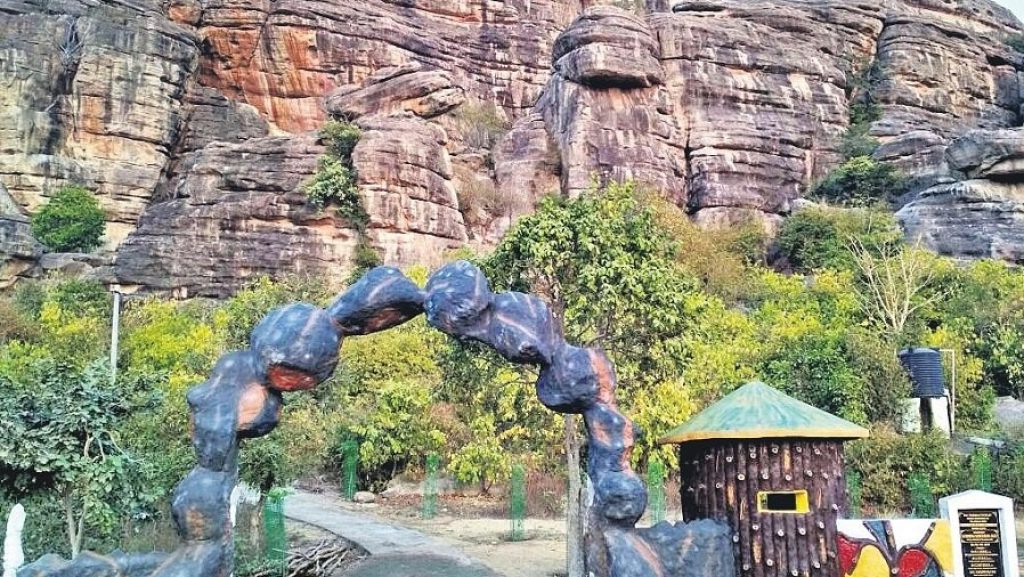
Rock art belongs to the class of landscape art; it is specific to some of the parts of India. In Jayashankar Bhupalpally district of Telangana are numerous prehistoric habitation sites. Paleolithic cavity drawings have also been found in Pandavula Gutta (Regonda mandal). Pandavula Konda (Pandavula Gutta) site was discovered for the first time in the 1990s. Rock climbing is the best attraction here.
These cave paintings give a rare insight into pre- historic man’s rock art noted in walls and ceilings of caves, rock shelters and isolated boulders. The rock art paintings show wild life such as Bison, Antelope, Tiger, Leopard etc. Swastika symbol, circles and squares weapons like bows, arrows, sword and lancer etc also forms part of these paintings. The paintings also have geometrical designs and impressions in green, red, yellow and white pigment colours. Pandavula Gutta is rich in painting numbers, rock shelters and habitation (since) mesolithic to medieval ages.
Related articles : Best Places to Visit in Jangaon – Temples, Forts & Cultural Landmarks












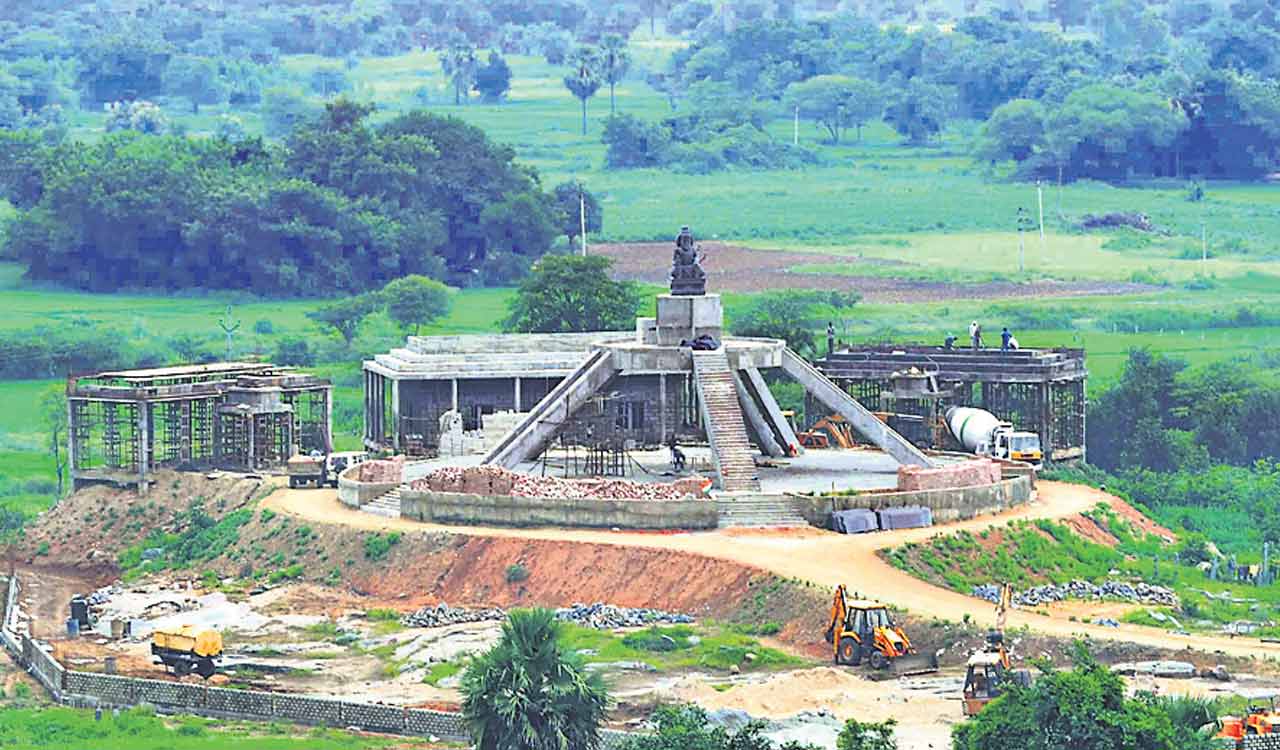
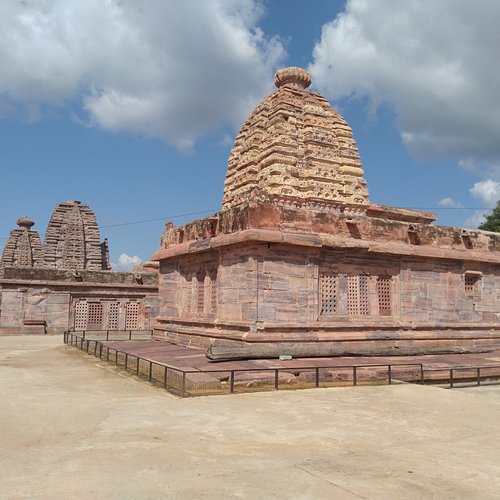
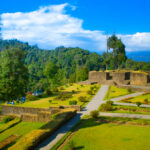
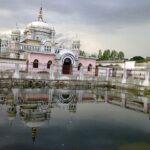
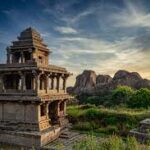
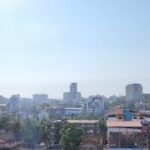
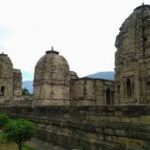

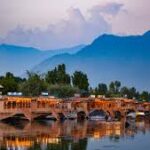
Pingback: Best Places to Visit in Jogulamba Gadwal – Explore Temples, Forts & Scenic Spots